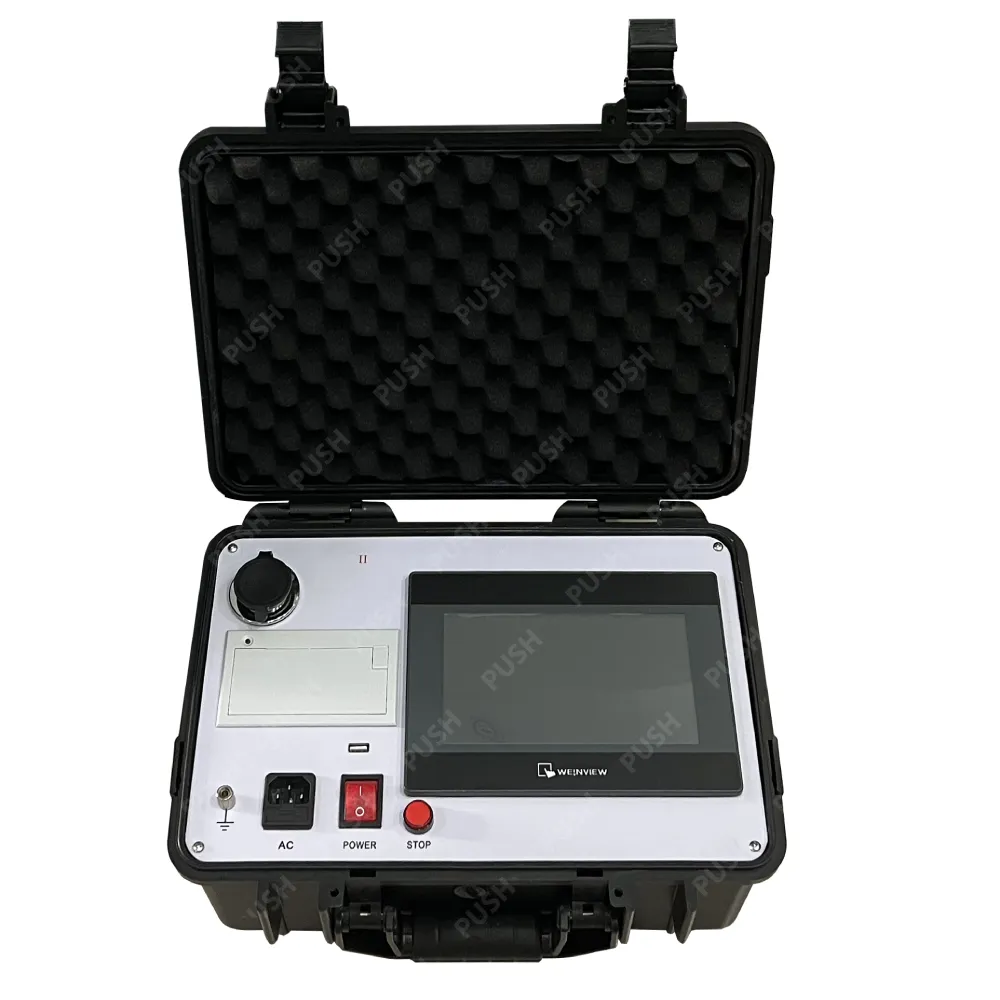TEL:
+86-0312-3189593
 English
English

Telephone:0312-3189593

Email:sales@oil-tester.com

-
 Afrikaans
Afrikaans -
 Albanian
Albanian -
 Amharic
Amharic -
 Arabic
Arabic -
 Armenian
Armenian -
 Azerbaijani
Azerbaijani -
 Basque
Basque -
 Belarusian
Belarusian -
 Bengali
Bengali -
 Bosnian
Bosnian -
 Bulgarian
Bulgarian -
 Catalan
Catalan -
 Cebuano
Cebuano -
 China
China -
 China (Taiwan)
China (Taiwan) -
 Corsican
Corsican -
 Croatian
Croatian -
 Czech
Czech -
 Danish
Danish -
 Dutch
Dutch -
 English
English -
 Esperanto
Esperanto -
 Estonian
Estonian -
 Finnish
Finnish -
 French
French -
 Frisian
Frisian -
 Galician
Galician -
 Georgian
Georgian -
 German
German -
 Greek
Greek -
 Gujarati
Gujarati -
 Haitian Creole
Haitian Creole -
 hausa
hausa -
 hawaiian
hawaiian -
 Hebrew
Hebrew -
 Hindi
Hindi -
 Miao
Miao -
 Hungarian
Hungarian -
 Icelandic
Icelandic -
 igbo
igbo -
 Indonesian
Indonesian -
 irish
irish -
 Italian
Italian -
 Japanese
Japanese -
 Javanese
Javanese -
 Kannada
Kannada -
 kazakh
kazakh -
 Khmer
Khmer -
 Rwandese
Rwandese -
 Korean
Korean -
 Kurdish
Kurdish -
 Kyrgyz
Kyrgyz -
 Lao
Lao -
 Latin
Latin -
 Latvian
Latvian -
 Lithuanian
Lithuanian -
 Luxembourgish
Luxembourgish -
 Macedonian
Macedonian -
 Malgashi
Malgashi -
 Malay
Malay -
 Malayalam
Malayalam -
 Maltese
Maltese -
 Maori
Maori -
 Marathi
Marathi -
 Mongolian
Mongolian -
 Myanmar
Myanmar -
 Nepali
Nepali -
 Norwegian
Norwegian -
 Norwegian
Norwegian -
 Occitan
Occitan -
 Pashto
Pashto -
 Persian
Persian -
 Polish
Polish -
 Portuguese
Portuguese -
 Punjabi
Punjabi -
 Romanian
Romanian -
 Russian
Russian -
 Samoan
Samoan -
 Scottish Gaelic
Scottish Gaelic -
 Serbian
Serbian -
 Sesotho
Sesotho -
 Shona
Shona -
 Sindhi
Sindhi -
 Sinhala
Sinhala -
 Slovak
Slovak -
 Slovenian
Slovenian -
 Somali
Somali -
 Spanish
Spanish -
 Sundanese
Sundanese -
 Swahili
Swahili -
 Swedish
Swedish -
 Tagalog
Tagalog -
 Tajik
Tajik -
 Tamil
Tamil -
 Tatar
Tatar -
 Telugu
Telugu -
 Thai
Thai -
 Turkish
Turkish -
 Turkmen
Turkmen -
 Ukrainian
Ukrainian -
 Urdu
Urdu -
 Uighur
Uighur -
 Uzbek
Uzbek -
 Vietnamese
Vietnamese -
 Welsh
Welsh -
 Bantu
Bantu -
 Yiddish
Yiddish -
 Yoruba
Yoruba -
 Zulu
Zulu
veebr. . 10, 2025 20:41
Back to list
Transformer insulation oil breakdown voltage tester bdv
Partial discharge (PD) testing in current transformers is an essential process that ensures the operational reliability and longevity of electrical systems. Current transformers are integral components in electric power systems, as they provide a scaled-down representation of current for measurement, making PD testing vital for detecting potential faults.
The trustworthiness of PD testing is further enhanced by its compliance with international standards such as IEC 60270, which specifies the requirements for PD measurement. Adherence to these standards ensures that the testing procedures are executed with competence and confidence, yielding reliable data and actionable insights. For product manufacturers, ensuring that their current transformers undergo rigorous PD testing before reaching the market is imperative. This not only mitigates risks for end-users but also strengthens the manufacturer's reputation for safety and reliability. Staying ahead with innovation, leading manufacturers are now integrating sensors within transformers to enable real-time PD monitoring, offering an edge in predictive maintenance and asset management. Safety professionals and plant operators rely on the authoritative results from PD tests to make informed decisions about transformer operation and maintenance schedules. This proactive approach is invaluable in environments where electrical reliability is non-negotiable, such as hospitals, data centers, and manufacturing plants. Comprehensive PD testing, aligned with field-proven techniques and global standards, is a testament to the industry's commitment to engineering excellence and operational safety. By embracing this critical testing process, stakeholders ensure the continuity and sustainability of electrical systems, thereby fostering an environment of trust and reliability in power distribution networks globally.


The trustworthiness of PD testing is further enhanced by its compliance with international standards such as IEC 60270, which specifies the requirements for PD measurement. Adherence to these standards ensures that the testing procedures are executed with competence and confidence, yielding reliable data and actionable insights. For product manufacturers, ensuring that their current transformers undergo rigorous PD testing before reaching the market is imperative. This not only mitigates risks for end-users but also strengthens the manufacturer's reputation for safety and reliability. Staying ahead with innovation, leading manufacturers are now integrating sensors within transformers to enable real-time PD monitoring, offering an edge in predictive maintenance and asset management. Safety professionals and plant operators rely on the authoritative results from PD tests to make informed decisions about transformer operation and maintenance schedules. This proactive approach is invaluable in environments where electrical reliability is non-negotiable, such as hospitals, data centers, and manufacturing plants. Comprehensive PD testing, aligned with field-proven techniques and global standards, is a testament to the industry's commitment to engineering excellence and operational safety. By embracing this critical testing process, stakeholders ensure the continuity and sustainability of electrical systems, thereby fostering an environment of trust and reliability in power distribution networks globally.
Latest news
-
Testing Equipment Industry Sees Major Advancements in 2025: Smart & Precision Technologies Lead the WayNewsJun.06,2025
-
Applications of Direct Current Generators in Renewable Energy SystemsNewsJun.05,2025
-
Hipot Tester Calibration and Accuracy GuidelinesNewsJun.05,2025
-
Digital Circuit Breaker Analyzer Features and BenefitsNewsJun.05,2025
-
Benefits of Real-Time Power Quality Monitoring Devices for Industrial EfficiencyNewsJun.05,2025
-
Earth Fault Loop Testing in High-Rise Building Electrical SystemsNewsJun.05,2025



